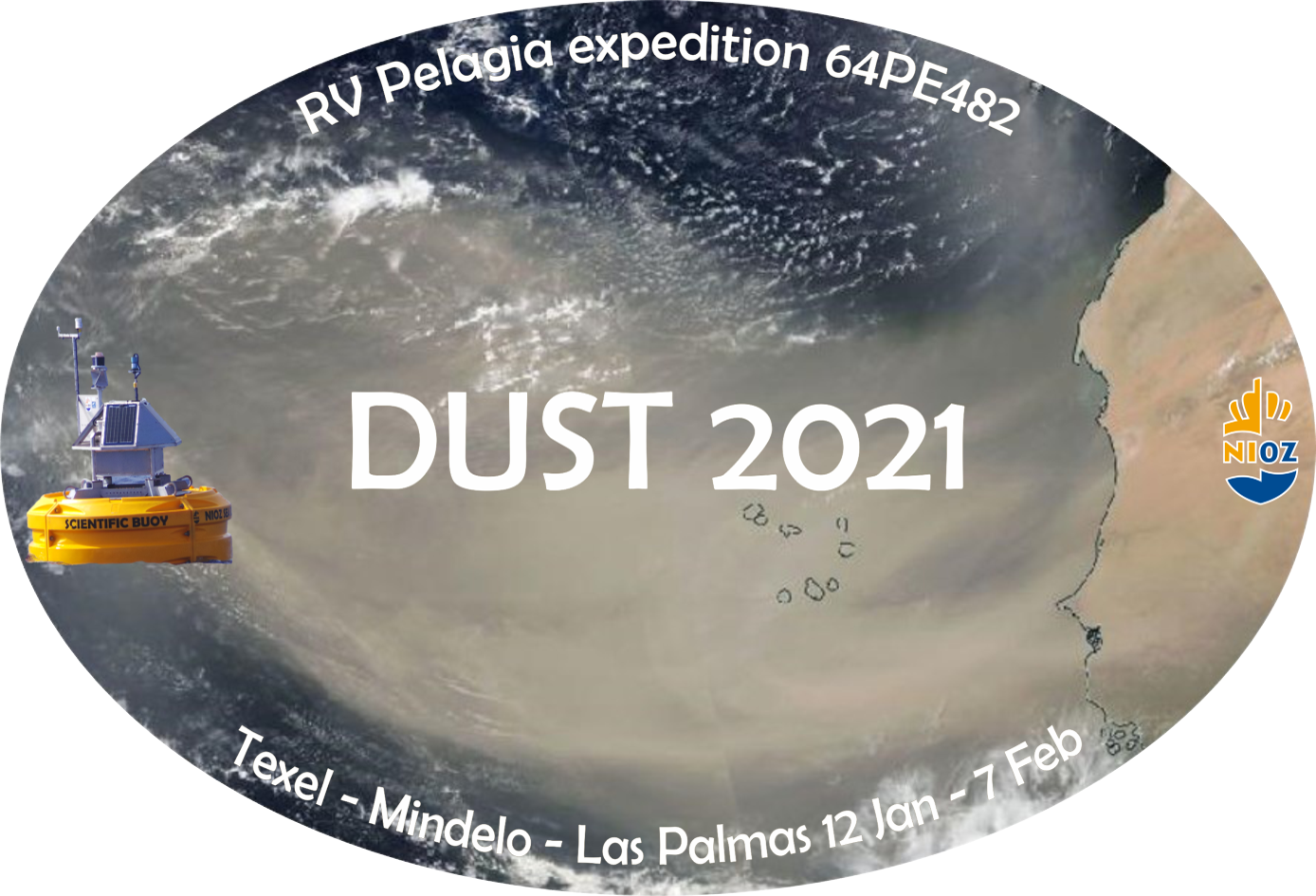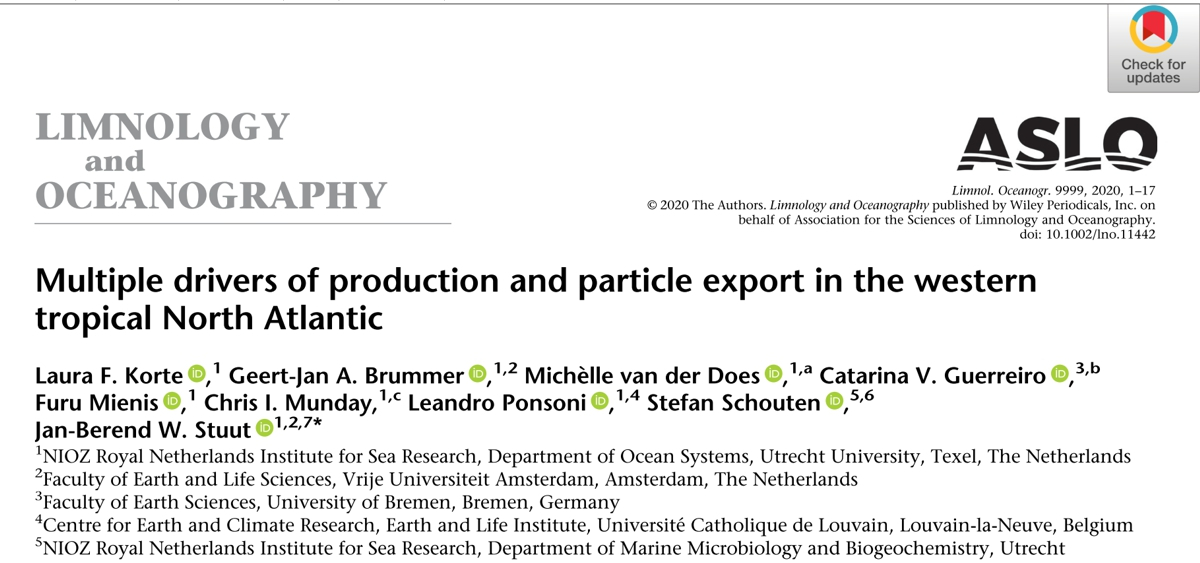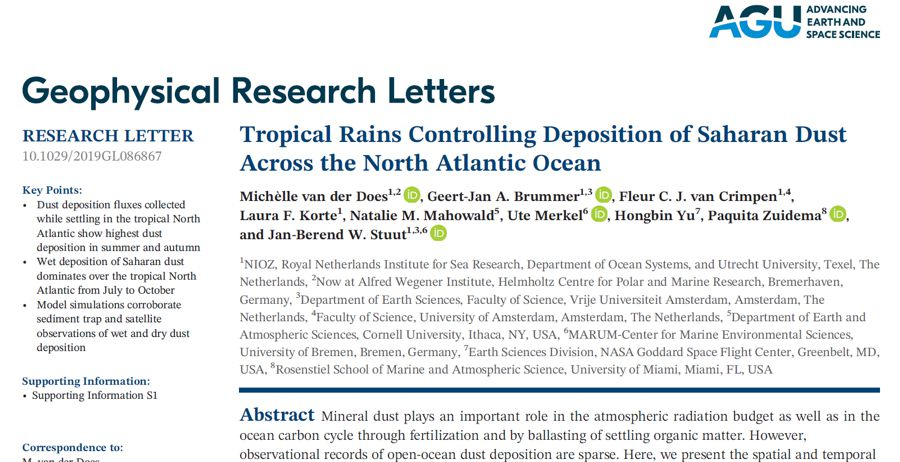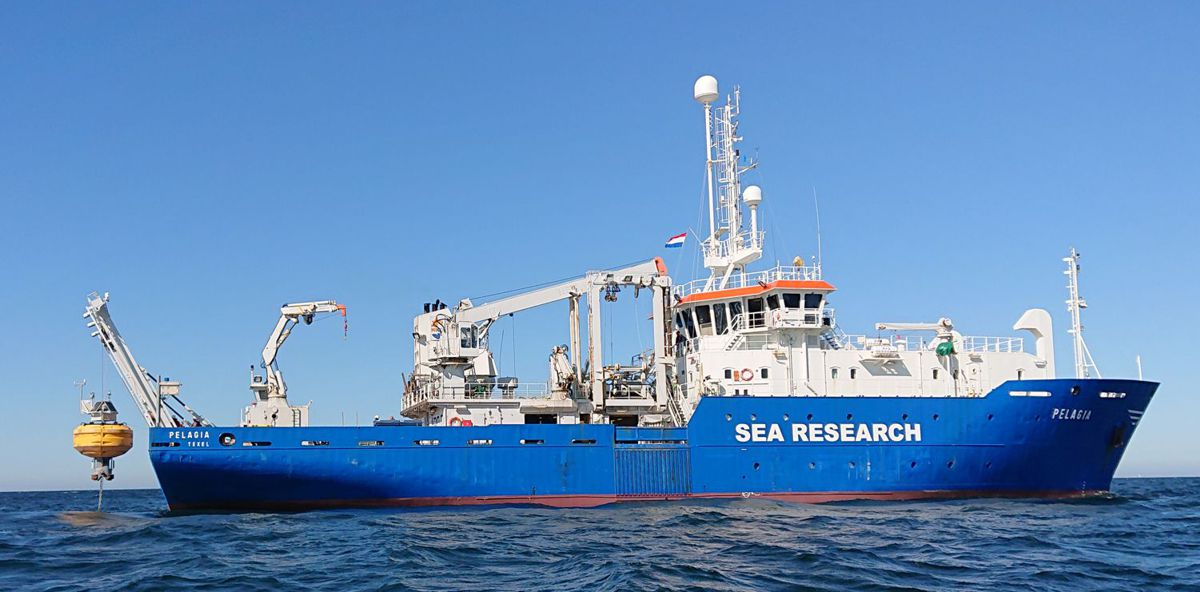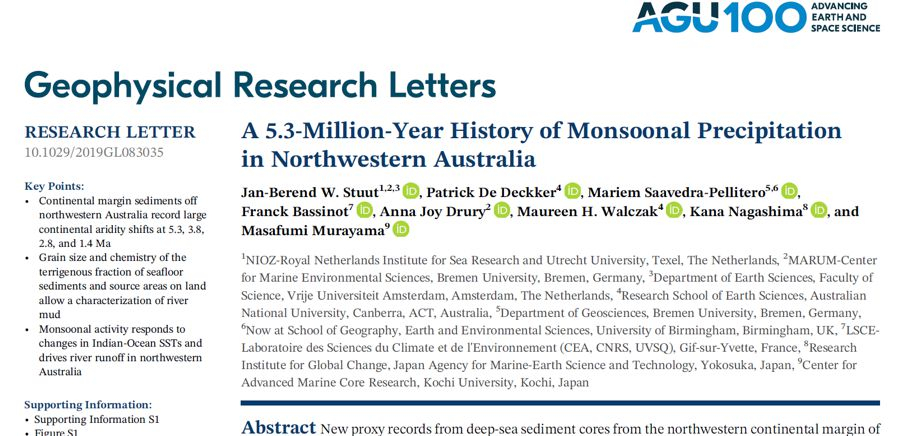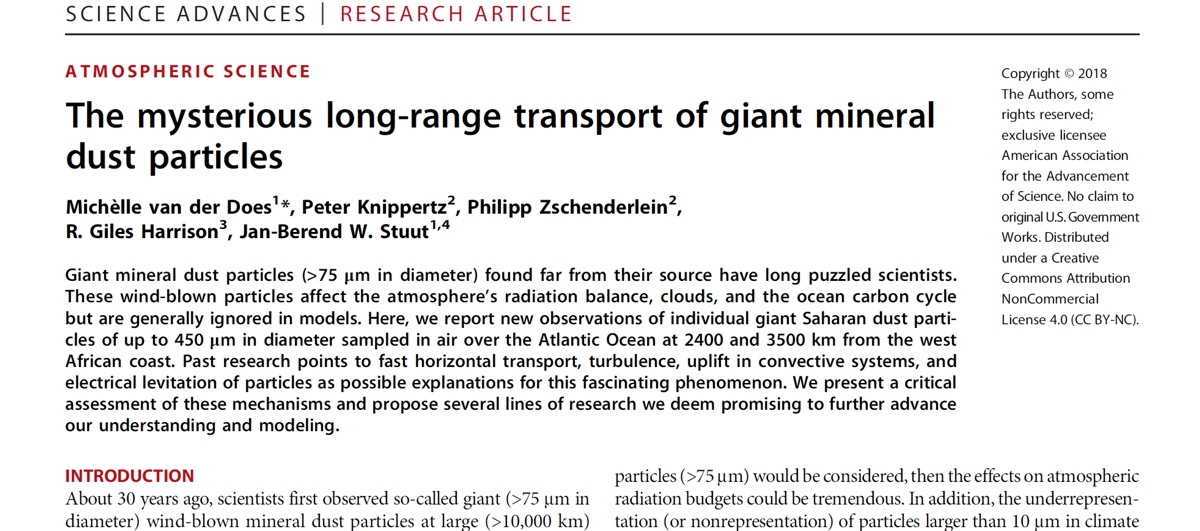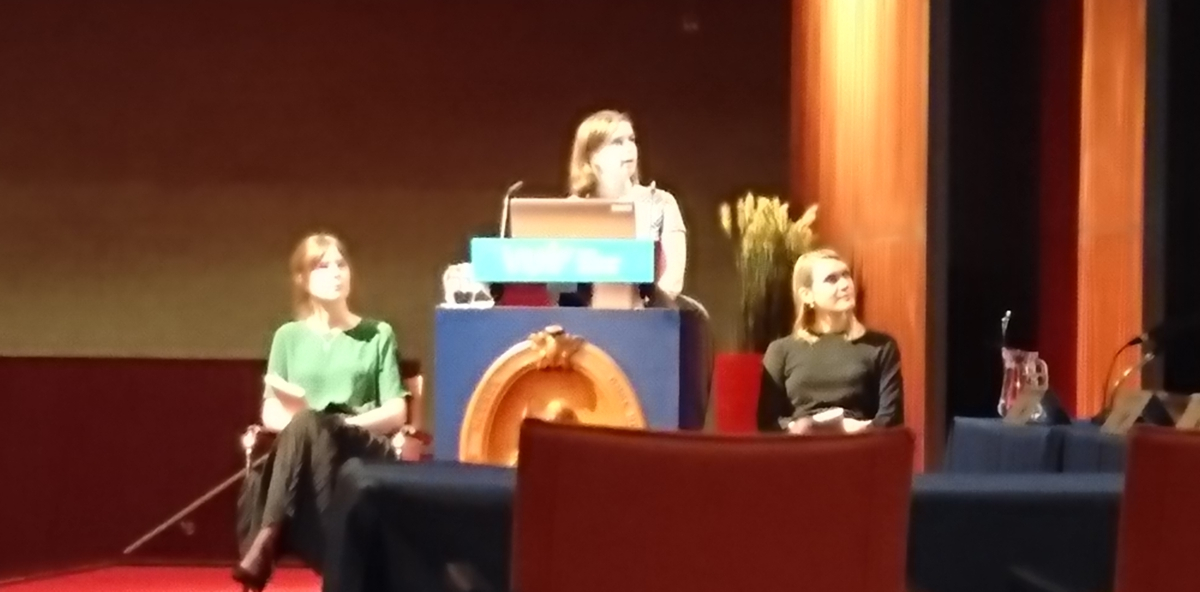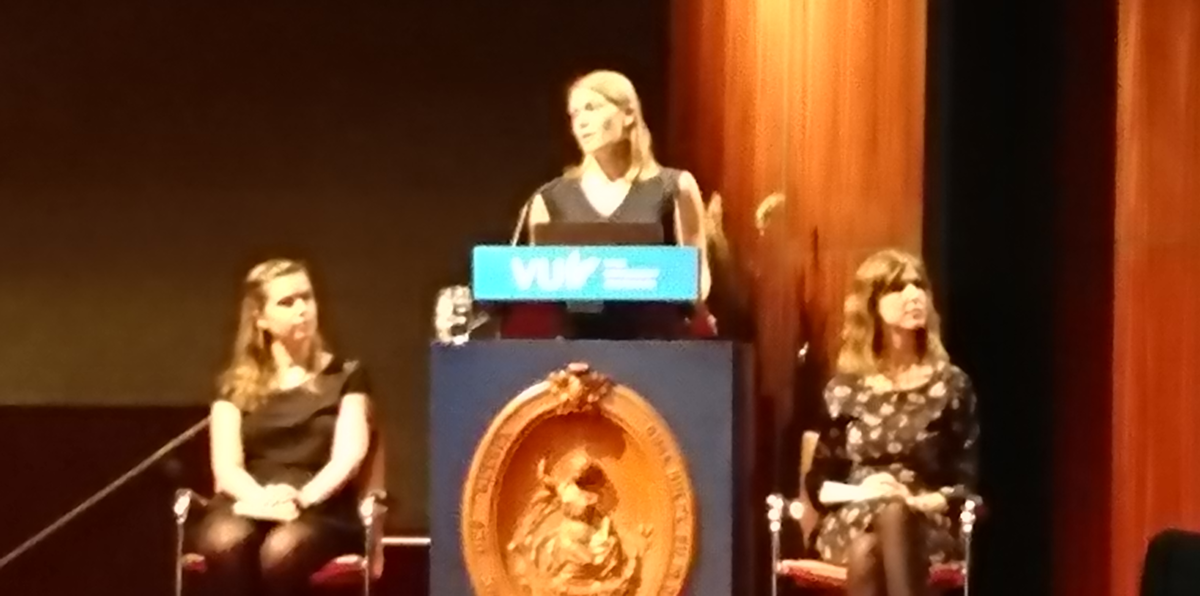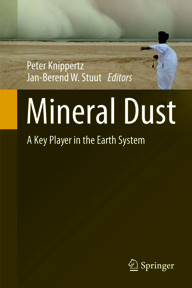Dust
Desert dust transported over large distances through the atmosphere with the offshore trade winds is a potential fertilizer of the ocean. NIOZ traces dust originating from the Sahara desert across the whole North-Atlantic Ocean using a trans-Atlantic array of moored equipment with a dust-collecting buoy at the surface and sediment traps in the ocean below it.
Dust storm Godzilla in June 2020; another example of how large amounts of dust are blown across the Ocean (copyright: NASA)
Every year, numerous of such dust events take place and in total about 180 Million Tons of so-called mineral dust are blown out from the northwest African deserts (including Sahara and Sahel) westward across the Atlantic Ocean. Recent satellite measurements by NASA have demonstrated that between Africa and the Caribbean, about 140 Million Tons are deposited on the ocean as well as on the South-American rainforest.
Such amounts of dust deposited over such a big area are likely to have an impact. In two affiliated projects at NIOZ and another one at partner institute MARUM-Bremen we are studying Saharan dust by collecting it with instruments that we placed underneath the dust plume. We deployed tethered buoys with autonomous dust collectors, powered by solar panels, which suck air through filters. In addition, we placed moorings with sediment traps to collect material settling through the ocean. Both the buoys and moorings provide time series of dust, which we compare with satellite images and meteorological data.
A third way to sample deposited dust is by taking sediment cores from the ocean floor.
In 2012 we deployed the instruments for the first time and we re-visited the instruments regularly throughout the past few years using various research vessels such as NIOZ' own RV Pelagia, but also on foreign ships such as FS Maria S Merian, FS Meteor and RRS James Cook.
The why & how of our work was very-well explained in a Netflix documentary: Connected (episode 3: dust)
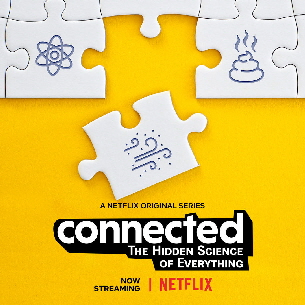
On the NIOZ site we regularly explain our dusty science through the dust-blog: please don't hesitate to take a look!
One of the many things we like about our work is: going to sea to study the marine environmental impacts of dust deposition. Below you find blogs we wrote during recent expeditions:
- Expedition MedDust2025 (May 2025 - central Mediterranean Sea)
- Expedition DUST2025 (March 2025 - Eastern subtropical North Atlantic)
- Expedition TIPTOP (January - February 2025 - Eastern subtropical North Atlantic)
- Expedition MedDust2023 (September 2023 - Mediterranean Sea)
- Expedition 64PE514 (March 2023 - Eastern subtropical North Atlantic)
- Expedition MedDust2022 (June 2022 - Mediterranean Sea)
- Expedition MSM104 (Nov-Dec 2021 - Eastern subtropical North Atlantic)
- Expedition 64PE482 (Jan-Feb 2021 - Eastern subtropical North Atlantic)
- Expedition 64PE464 (autumn 2019 - Eastern subtropical North Atlantic)
- Expedition MSM79 (autumn 2018 - Eastern subtropical North Atlantic)
- Expedition 64PE443 (summer 2018 - Mediterranean Sea)
- Expedition M140 (summer 2017 - Eastern subtropical North Atlantic)
- Expedition JC134 (spring 2016 - Trans-Atlantic)
- Expedition MSM48 (fall 2015 - Eastern subtropical North Atlantic)
- Expedition 64PE395 (winter 2015 - Trans-Atlanti)
....and older ones
With the new website, the old blogs that were kept during a number of cruises before 2015 sadly have disappeared. You can still read about what we did at sea on an external website: www.stuut.tv
The projects TRAFFIC (funded by NWO) and DUSTTRAFFIC (funded by ERC) focus on the marine-environmental effects of dust deposition and we have published some very nice results already, with more papers coming up!
Aeolian studies are also carried out on the island of Texel: notches shall be dug in the foredune, to allow sand being blown from the beach toward the grey-dune area that is suffering from acidification due to excess nitrogen deposition. This way, the calcium carbonate of the beach sands can neutralise the acid soils, the foredunes will get more solid, meanwhile storing more freshwater. In November 2023, we have started a T0-study of the area. The actual digging is planned for January 2025. Click here for more info (in Dutch)
More dusty news is presented through NIOZ' dust blog:
May 2025: MEDDUST2025
Yvo and Jan-Berend had an adventurous expedition in the Mediterranean Sea to service the long-term monitoring sediment trap during NO l'Europe cruise MEDDUST2025
April 2025: dust session at EGU
Several members of the dust team joined the EGU - European Geosciences Union meeting in Vienna, Austria for the 22nd edition of the dust session.
January - March: dusty expeditions
Several members of the dust team have joined dusty cruises this winter-spring:
- RV Pelagia cruise 64PE540 - TipTop
- RV Sarmiento de Gamboa cruise Ocean-ICU
- RV Pelagia cruise 64PE550 - DUST2025
February 2025: Notching Texel dunes
Rijkswaterstaat has finished digging a notch in the foredune around Paal14 on Texel. Now we can monitor the changes in aeolian transport of sediments to the back-dune area and compare those results to the T0 data.
January 2025: Michèlle is back!
After six years of working at the AWI - Alfred Wegener Institute in Bremerhaven, Germany, Michèlle starts her NWO-VENI project "Dustcat" at NIOZ: welcome home!
November 2024: one year of T0
Since November 2023, we are monitoring aeolian transport of sediments from the beach to the dune area around Paal14 on Texel. This way, we can study the effect of the notch that is going to be dug next winter.
See the notch project page.
June 2024: new paper out!
In this study, Blanda Matzenbacher and co-workers present the very first year of the crazy-high resolution sediment-trap series off the coast of Northwest Africa. In this trap series, both Saharan dust and marine organic matter are present and offer the chance to study the interplay between them.
Click here to read the open-access paper and here to read a little blog about it.
March 2024: new paper out!
In this study, Catarina Guerreiro and co-workers have determined the coccolith‐Sr/Ca from a one‐year time‐series sediment trap record in the western tropical North Atlantic to distinguish the biogeochemical effects of Saharan dust with respect to fertilisation and ballasting, and to gain a broader perspective on the coccolith calcite Sr/Ca in relation to the drivers of coccolith export production. Read all about it on Catarina's blog.
Guerreiro, C.V., P. Ziveri, C. Cavaleiro, and J.B.W. Stuut (2024) Coccolith-calcite Sr/Ca as a proxy for transient export production related to Saharan dust deposition in the tropical North Atlantic. Nature Scientific Reports14(1): 4295.
October 2023: expedition MedDust2023
In a short hit-and-run expedition onboard Tug Lione, we service the Mediterranean sediment-trap mooring. Please read the blog
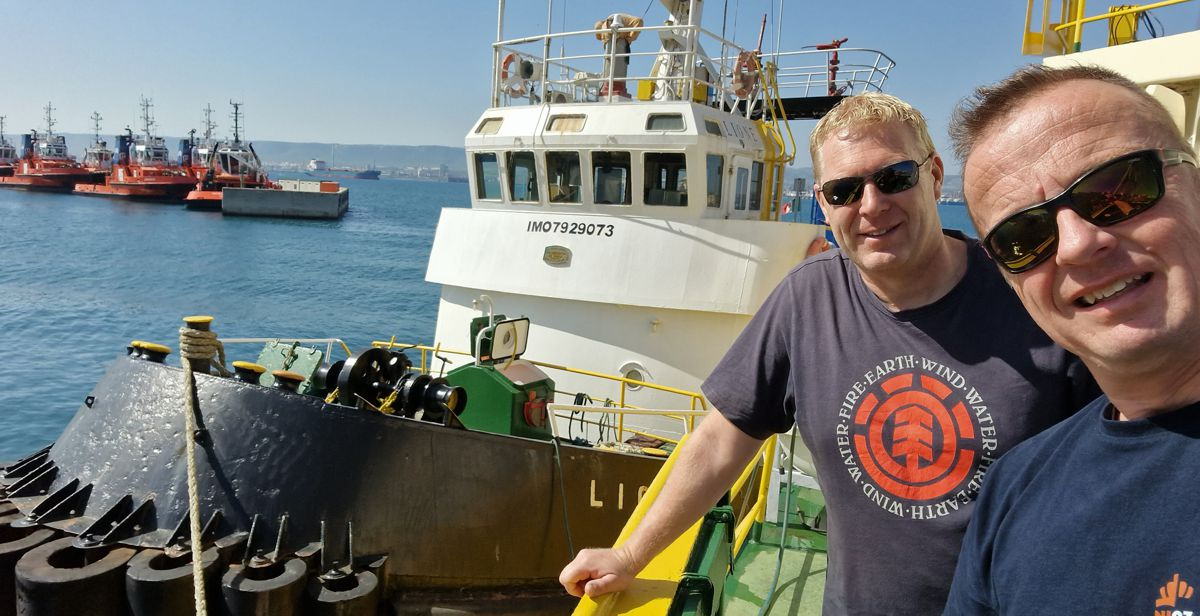
August 2023: Dust to remove atmospheric CH4
In a new publication we demonstrate yet another way in which desert dust can influence the Earth's climate; through removal of the greenhouse gas methane (CH4).
Click here to read the PNAS-paper
Click here to read the press release
July 2023: ICAR meeting
Anouk and Jan-Berend attended the ICAR - International Conference on Aeolian Research in Las Cruces, NM, USA. It included a field trip to the Samalayuca dunefield in the Mexican Chihuahua Desert: a dusty place!
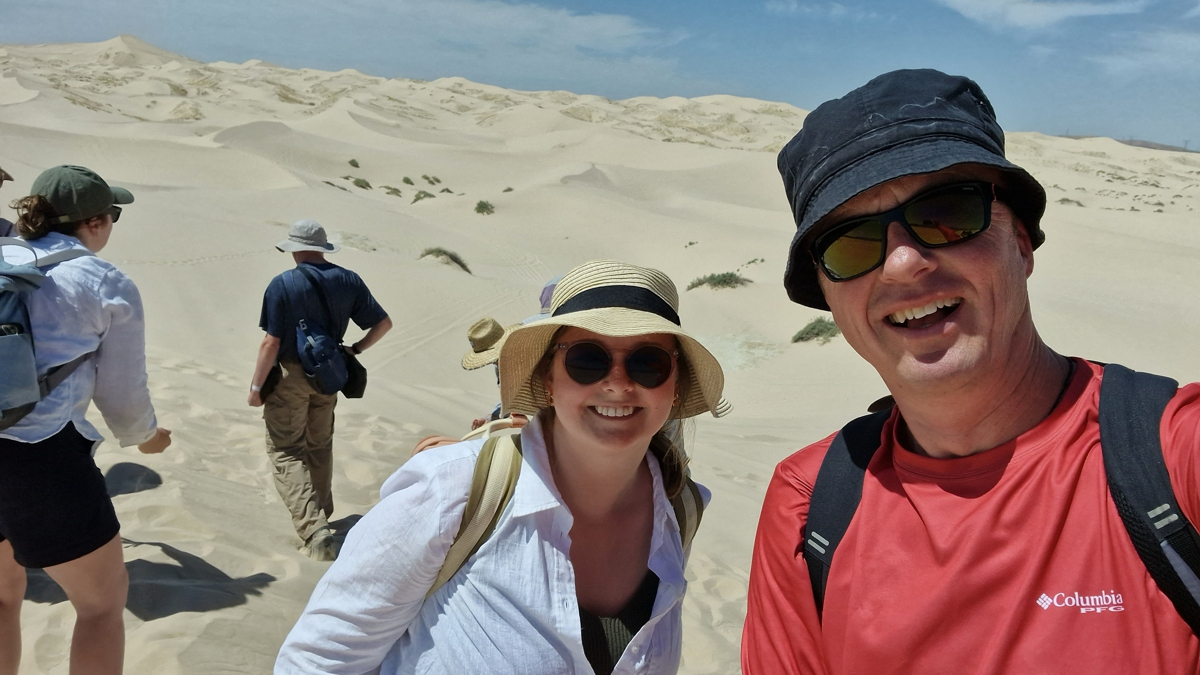
March 2023: Expedition 64PE514 - Dust2023
In March we will set sail again onboard RV Pelagia and service our dust-collecting instruments in the eastern subtropical eastern North Atlantic Ocean. You can follow our whereabouts through this blog
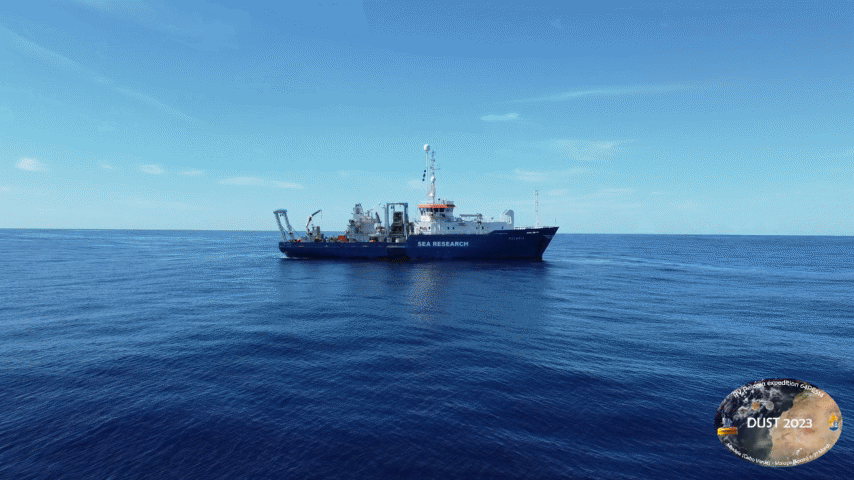
November 2022 - buoy on the run
Buoy Carmen had somehow escaped from her mooring line and drifted southward with the Canary Current. Fortunately, British colleagues onboard RRS Discovery were in the area and willing and able to pick her up and deliver her to the OSCM in Mindelo where she waits until we re-deploy her during the upcoming expedition onboard RV Pelagia.
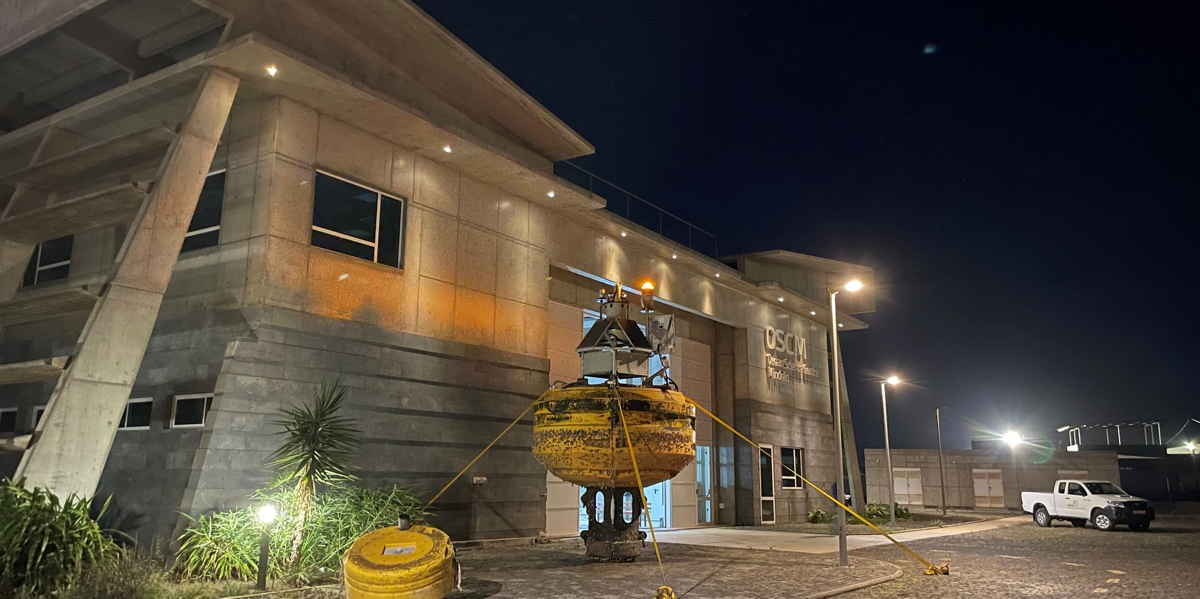
Here you can read about Carmen's adventures.
September 2022
Catarina and Jan-Berend hosted a session during an international conference in Peru and travelled through the country to visit and sample two deserts. Here you can read their blog.
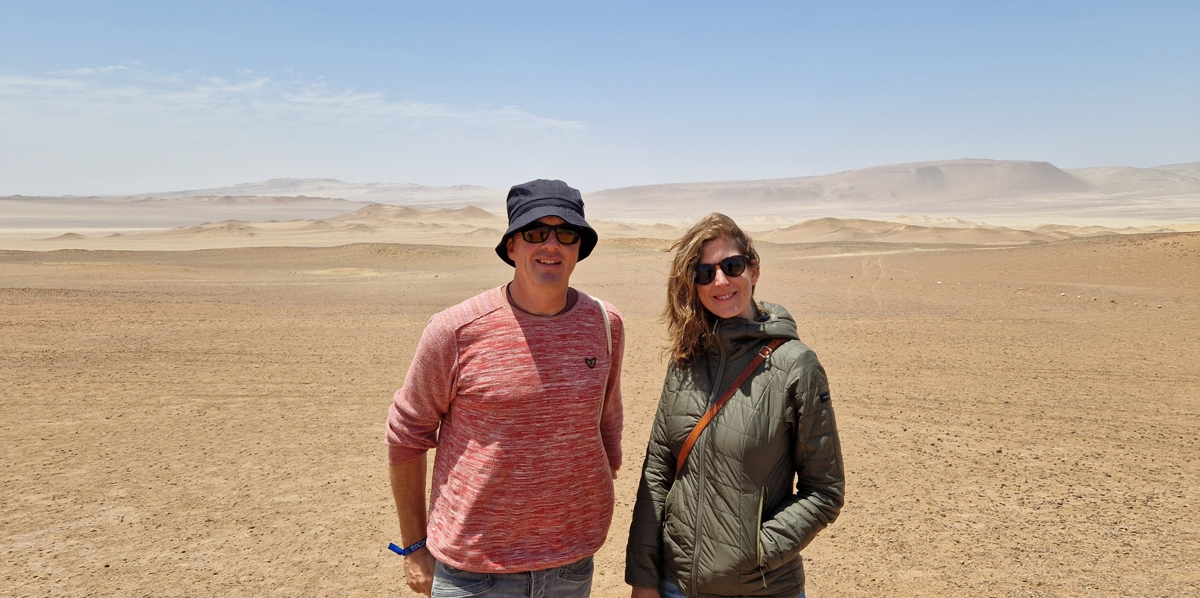
June 2022
Yvo and Jan-Berend boarded the Tug Macistone to service the sediment-trap mooring in the Mediterranean Sea.
Here you can read the blog
January 2022
Anouk van Boxtel started her PhD project in the framework of the UU-NIOZ collaboration. The next four years she will study Saharan dust in the Mediterranean Sea.
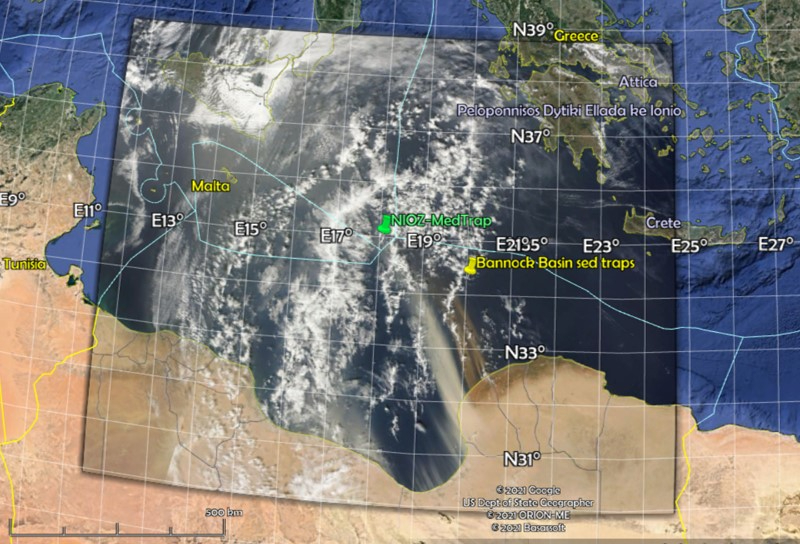
21 October 2021
Jan-Berend formally accepts the chair of Aeolian Sedimentology by giving an inaugural address.
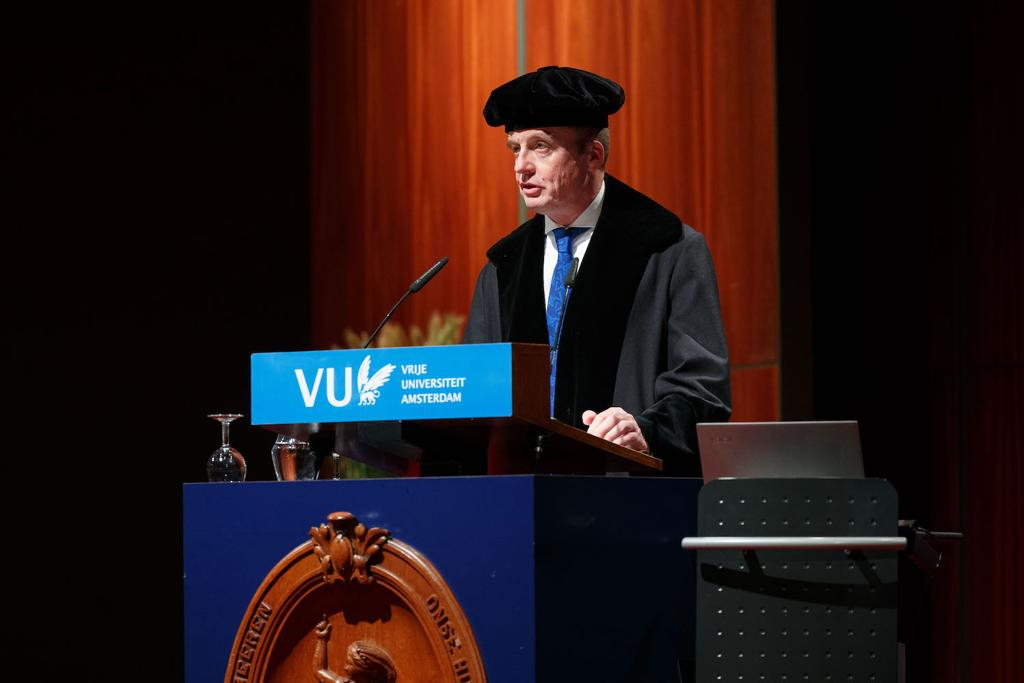
1 March 2021
Jan-Berend appointed honorary professor at VU Amsterdam with the chair of Aeolian Sedimentology.
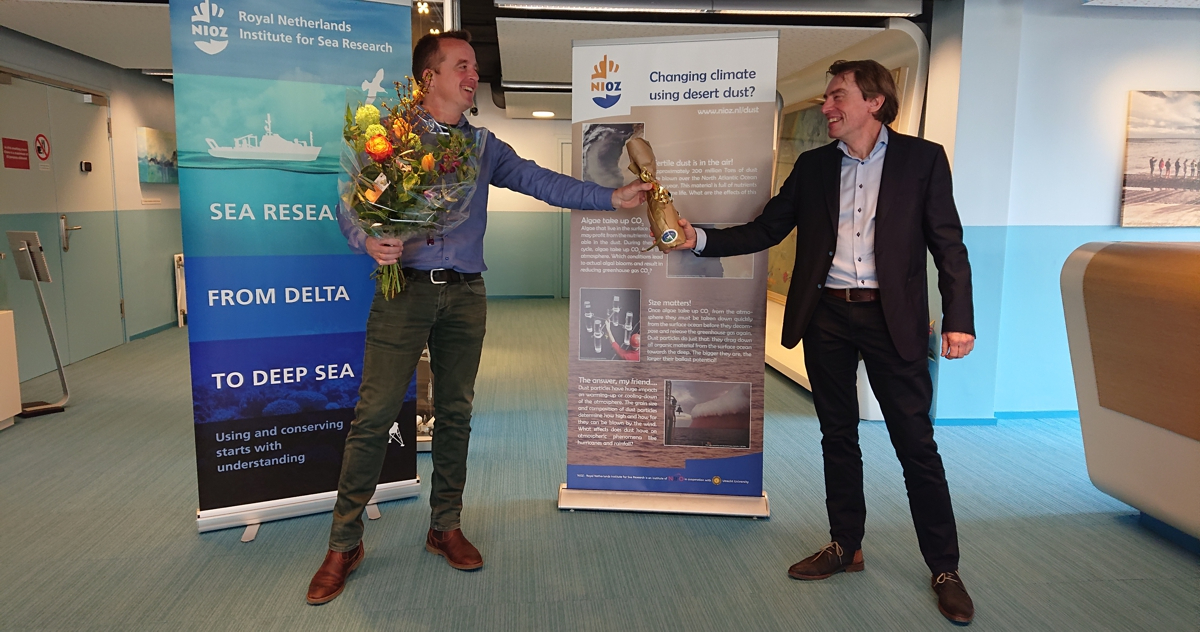
14 August 2020
Relationship between dust, productivity and particle export in the tropical Atlantic.
Michèlle successfully defended her PhD thesis today and may proudly call herself a PhD!
Laura successfully defended her PhD thesis today and may proudly call herself a PhD!
Launch of the website Dustco, an affiliated project website by Dr. Catarina Guerreiro.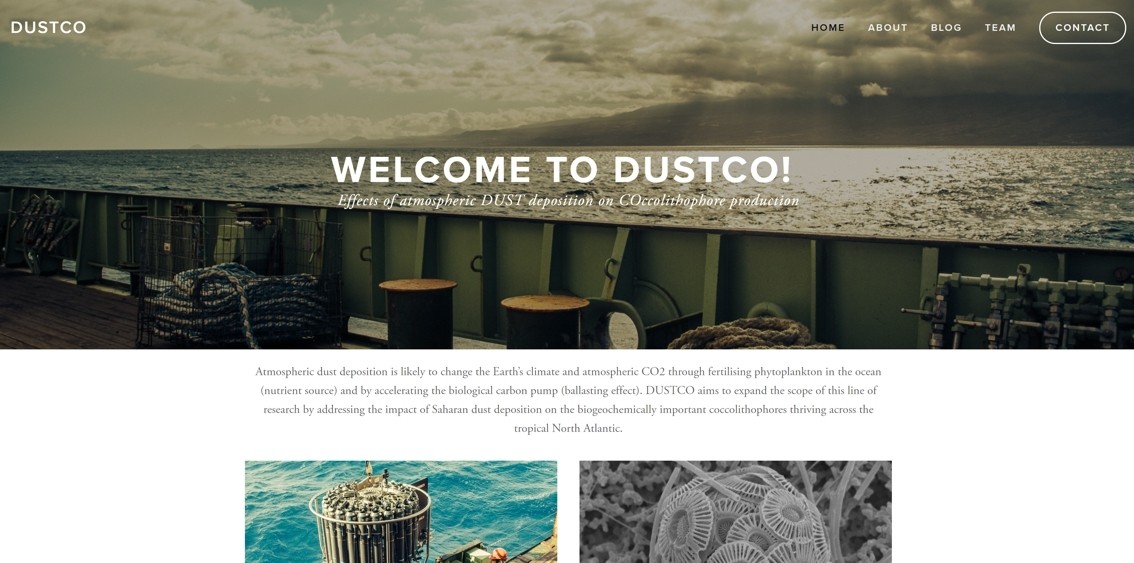
Dr Catarina Guerreiro receives a Marie-Curie fellowship to work on dust
Catarina was awarded a Marie-Curie fellowship to work on a project called "DUSTCO: Effects of atmospheric dust deposition on coccolithophore production". She will spend most of her time working with Prof Vanda Brotas at the University of Lisbon, Portugal, studying the response of phytoplankton (coccolithophores) to Saharan dust deposition, working on the sediment traps that were deployed between Africa and the Caribbean.
Congratulations Catarina!
PAGES - DICE workshop at the University of Chile biological station of Las Cruces (Chile)
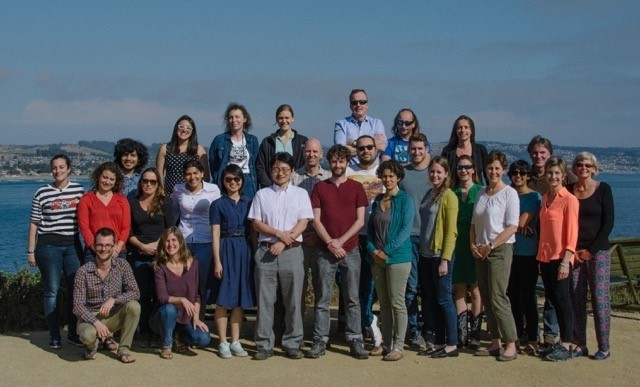
During three days, some 30 dust specialists gathered to discuss the state of the art of the environmental impacts of desert dust on the ocean. Catarina Guerreiro, Laura Korte and Jan-Berend also teamed up and presented our latest results.
4th German Staubtag (dust day)
at MARUM Bremen.
Program Link to website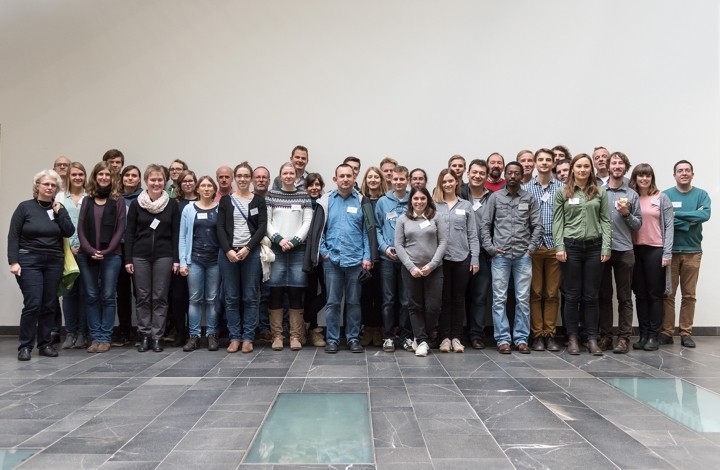
External project partners
- Catarina Guerreiro (Lisbon, Portugal)
- Ute Merkel (Bremen, Germany)
Former members of our Dust team
- Blanda Matzenbacher (now PhD student at Stockholm University)
- Carmen Friese (in industry, Germany)
- Chris Munday (in industry, Canada)
- Dirk Jong (now PhD student at VUA)
- Esmee Geerken (now PhD student at NIOZ)
- Felix Temmesfeld (graduated from Bremen University, Germany)
- Fleur v. Crimpen (now PhD student at VUA)
- Hans v. Hateren (now PhD student at VUA)
- Katharina Wetterauer (now Master's student at Bremen University)
- Korinna Kunde (now Master's student at NOC-Southampton)
- Laura Korte (now in consultancy)
- Marije Hoegen (now Master's student at Ghent University)
- Merrith Hogenes (graduated from VUA)
- Michèlle van der Does (now post-doc at AWI-Bremerhaven)
- Monica Martens (graduated from VUA)
- Oliver Knebel (now PhD student in Auckland, NZ)
Recently published papers
-
Korte, L.F., Brummer, G-J A., Van der Does, M., Guerreiro, C.V., Mienis, F., Munday, C.I., Ponsoni, L., Schouten, S., Stuut, J-B W. (2020) Multiple drivers of production and particle export in the western tropical North Atlantic. Limnology & Oceanography DOI: 10.1002/lno.11442
-
Van der Does, M., Brummer, G-J A., Van Crimpen, C.J., Korte, L.F., Mahowald, N.M., Merkel, U., Yu, H., Zuidema, P., Stuut, J-B W. (2020) Tropical rains controlling deposition of Saharan dust across the North Atlantic Ocean. Geophysical Research Letters 47 DOI: 10.1029/2019GL086867
-
Guerreiro, C.V., Baumann, K-H., Brummer, G-J A., Korte, L.F., Sá, C., Stuut, J-B W. (2019)
Transatlantic gradients in calcifying phytoplankton (coccolithophore) fluxes
Progress in Oceanography 176 DOI: 10.1016/j.pocean.2019.102140 -
Stuut, j-B W., De Deckker, P., Saavedra-Pellitero, M., Bassinot, F., Walczak, M.H., Nagashima, K., Murayama, M. (2019)
A 5.3 million-year history of monsoonal precipitation in northwestern Australia
Geophysical Research Letter’ 46 (12), 6946-6954 DOI:10.1029/2019GL083035 -
Van der Does, M., Knippertz, P., Zschenderlein, P., Harrison, R.G., Stuut, J-B W. (2018) The mysterious long-range transport of giant mineral dust particles
Science Advances DOI: 10.1126/sciadv.aau2768 -
Korte, L. F., Pausch, F., Trimborn, S., Brussaard, C. P. D., Brummer, G.-J. A., van der Does, M., Guerreiro, C. V., Schreuder, L. T., Munday, C. I., and Stuut, J.-B. W. 2018. Effects of dry and wet Saharan dust deposition in the tropical North Atlantic Ocean, Biogeosciences Discuss. (in review)
-
Van der Does, M.; Pourmand, A.; Sharifi, A.; Stuut, J-B W. 2018. North African mineral dust across the tropical Atlantic Ocean: insights from dust particle size, radiogenic Sr-Nd-Hf isotopes and rare earth elements (REE). Aeolian Research 33, 106-116 doi:10.1016/j.aeolia.2018.06.001
-
Van der Jagt, H.; Friese, C.; Stuut, J-B W.; Fischer, G. & Iversen, M.H. (2018). The ballasting effect of Saharan dust deposition on aggregate dynamics and carbon export: Aggregation, settling, and scavenging potential of marine snow. Limnology and Oceanography 63, 1386-1394, doi:10.1002/lno.10779 .
-
Schreuder, L.T., Hopmans, E.C., Stuut, J-B W., Sinninghe-Damsté, J.S., Schouten, S. 2018.
Transport and deposition of the fire biomarker levoglucosan across the tropical North Atlantic Ocean. Geochimica et Cosmochimica Acta 227, 171-185 -
Schreuder, L.T., Stuut, J-B W., Korte, L.F., Sinninghe-Damsté, J.S., Schouten, S. 2018.
Aeolian transport and deposition of plant wax n-alkanes across the tropical North Atlantic Ocean. Organic Geochemistry 115, 113-123 -
Guerreiro, C.V., Baumann, K.H., Brummer, G.J.A., Fischer, G., Korte, L.F., Merkel, U., Sá, C., de Stigter, H., Stuut, J.B.W., 2017. Coccolithophore fluxes in the open tropical North Atlantic: influence of the Amazon river and of Saharan dust deposition. Biogeosciences Discuss. 2017, 1-26.
-
Korte, L.F., Brummer, G.J.A., van der Does, M., Guerreiro, C.V., Hennekam, R., van Hateren, J.A., Jong, D., Munday, C.I., Schouten, S., Stuut, J.B.W., 2017. Downward particle fluxes of biogenic matter and Saharan dust across the equatorial North Atlantic. Atmos. Chem. Phys. 17, 6023-6040.
-
Van der Does, M., Korte, L.F., Munday, C.I., Brummer, G.J.A., Stuut, J.B.W., 2016. Particle size traces modern Saharan dust transport and deposition across the equatorial North Atlantic. Atmos. Chem. Phys. 16, 13697-13710.
